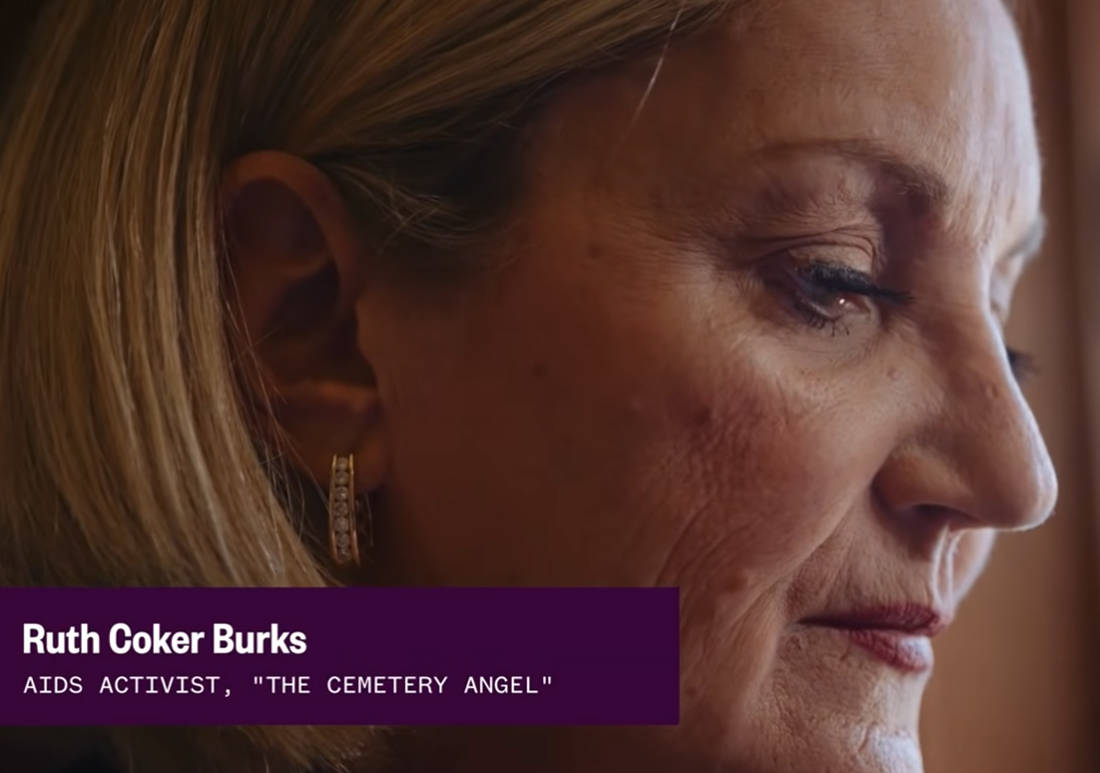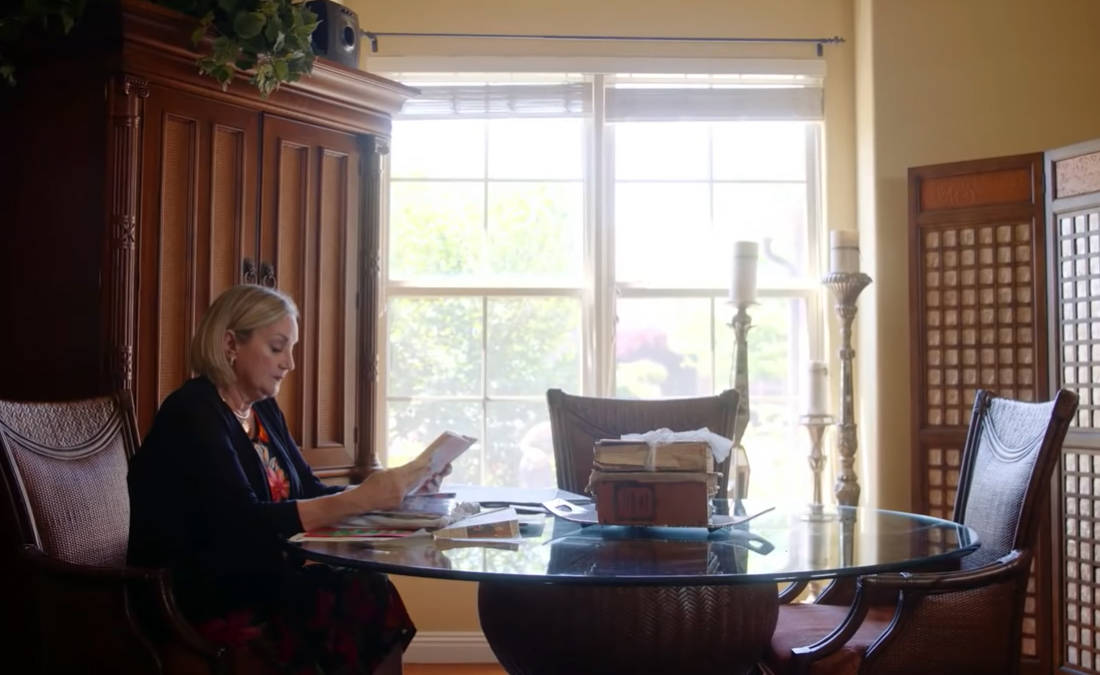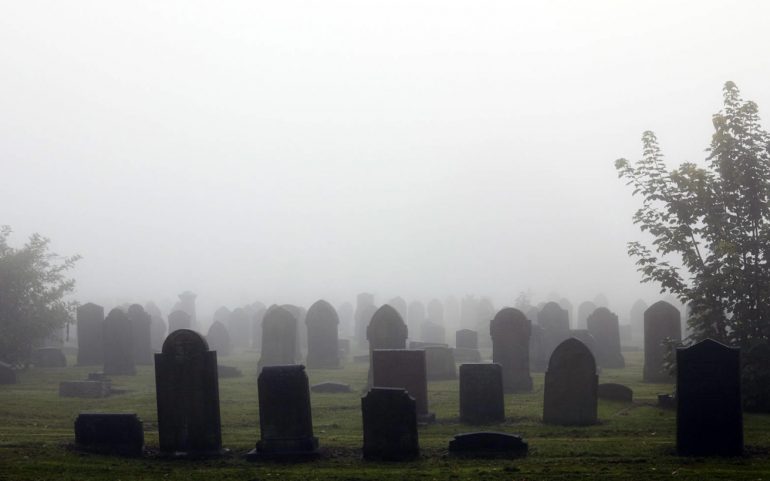Ruth Coker Burks was interested in all those, mostly gay, who were dying of AIDS and their families abandoned them. He was their support in their last moments.
He buried dozens of people after their families refused to pick up their dead bodies. For many of them, he is the only person who knows where their grave is.
It all started in 1984 in a hospital corridor. Ruth Coker Burks, then 25, visited a friend who had cancer. He had undergone five surgeries so Ruth had spent many days in that hospital to be close to him. It was then that her attention was drawn to a door, which had a curfew, and which was passed only by a nurse.
Out of curiosity or some inner need, one day he decided to go through this forbidden door and enter the room. He met the man no one wanted to approach. He saw one man impoverished, almost skeletal, suffering from AIDS. His weight did not exceed 45 kg. He asked her to see his mother before she died.

Ruth conveyed his wish to the nurses. They laughed and told her that the man had been there for six weeks and no one had looked for him or visited him. He asked for his mother's phone to talk to her and convey her son's wish.
Her mother initially hung up the phone. Ruth caught her again and persuaded her to listen to her, threatening to publish her son's death certificate in the local newspaper of her area and state the cause of his death. The phone call did not end positively. The mother told Ruth that her son was a sinner and that he was dead to her, making it clear that he did not even want to receive his body when he died.
Ruth returned to the room trying to figure out what to say to him, but he thought his mother was in the room because of the fever. "Mommy. "I knew you would come," he told her and took her hand. Ruth did not reveal the truth to him. What would it mean. She stayed by his side taking care of him for the next few hours, until he let out his last breath.
When he contacted his mother again to tell her that her son had passed away, the mother not only did not bow to the news but told her she did not want to bury her child.
So Ruth undertook his burial in a cemetery that was essentially hers due to an old quarrel between her mother and an uncle, and she herself performed a "ceremony" since no priest agreed to perform it.
This incident was the beginning. As time went on, she became known as the "madwoman who was not afraid", with the result that many AIDS patients referred her to her, so that they would not take care of them themselves.

In about a decade she had taken on more than 1.000 people who were dying of AIDS, while she had to bury more than 40, who would be left in the lurch as no one wanted to bury them.
The expenses for the care of these people were covered by money, which often came from her pocket, from friends but also from donations.
Much of the money came from gay clubs. "They did a drag show every Saturday night and that's where the money came from. That's how we paid for medicine, that's how we paid the rent. "If it weren't for the drag queens, I don't know what we would have done," she said in an interview.
In 2010, at the age of 51, she suffered a stroke. She herself believed that the pain she was experiencing next to these people, seeing them lingering abandoned by their families, contributed to this.
But what gave her the strength to keep going was seeing people really care about their friends and partners with selflessness and dignity.

"I saw those men taking care of their partners and watching them die. I have seen them held in the shower. They were holding them while I was washing them. They carried them to bed. They were dried and lotions were applied. They did this until the end, knowing that they would soon be in their place. Will you tell me that this is not love and devotion? "I do not know many heterosexuals who would do the same," she said in an interview.
Now, with the health system treating AIDS patients very differently, its help has ceased to be necessary. But there is something she would like to see before she dies and she has expressed it… It is a kind of monument in that cemetery, where she herself buried dozens of people, in which the names of all of them will be written along with the note: It started in 1984. They just kept coming and coming. "And they knew that someone would remember them, love them and take care of them and that someone would say a kind word about them when they died."
